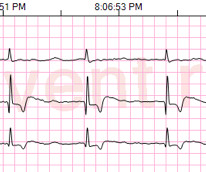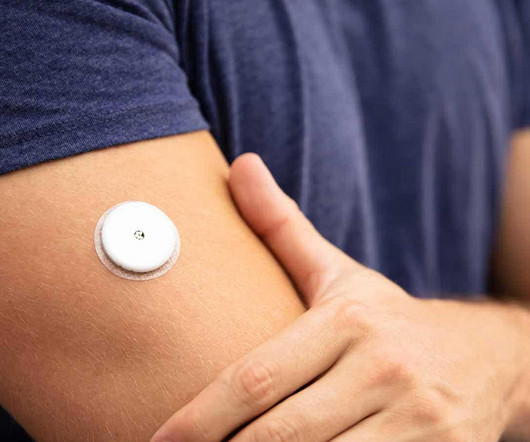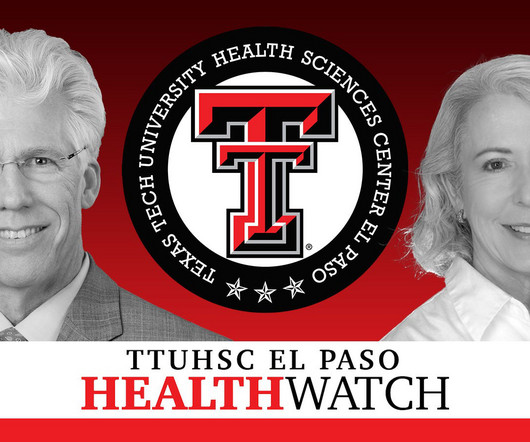Transcutaneous Pacing: Part I
EMS 12-Lead
MARCH 30, 2024
TCP In Transit: A case reviewing transcutaneous pacing, false electrical capture, and re-arrest. Josh Kimbrell, NRP @joshkimbre Judah Kreinbrook, EMT-P @JMedic2JDoc This is the first installment of a blog series showing how transcutaneous pacing (TCP) can be difficult, and how you can improve your skills. We will be using redacted information from different cases where paramedics attempted TCP in the field.

















Let's personalize your content